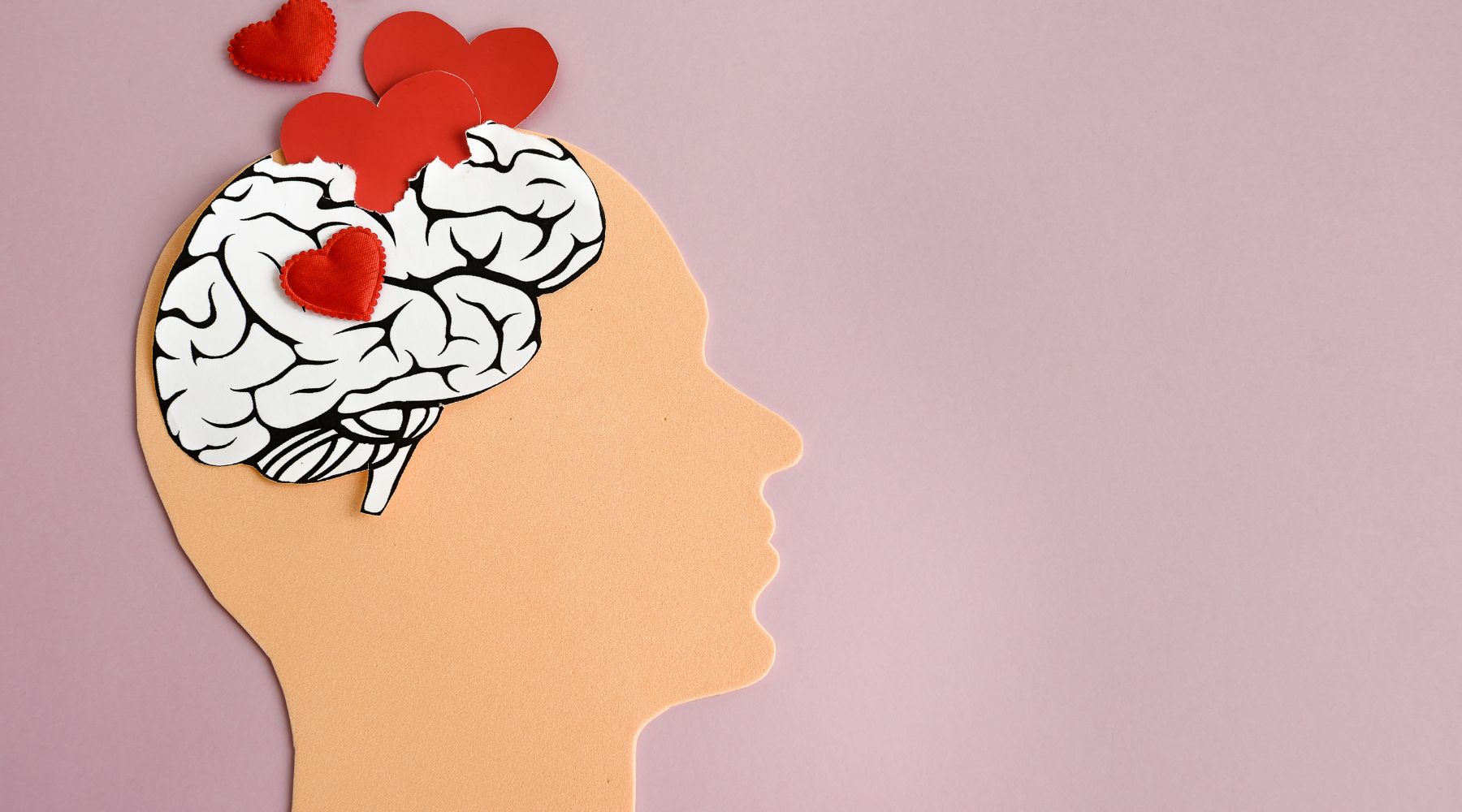For nearly 3,000 years, we’ve been led to believe that love comes from the heart.
It may be one of the longest-running fallacies in history.
Experts at the Oklahoma Medical Research Foundation hate to spoil the romance, but they say a different organ is the more appropriate symbol of love and Valentine’s Day.
“Like all emotions, love originates in our brain, not our heart,” said Gabriel Pardo, M.D., a neurologist and founding director of OMRF’s Multiple Sclerosis Center of Excellence.
OMRF Vice President of Research Courtney Griffin, Ph.D., agrees. “Love, especially romantic love, can cause physiological changes like an increased heart rate, but otherwise the heart’s function has little to do with emotions,” said Griffin, who holds the Scott Zarrow Chair in Biomedical Research and focuses her work on the cardiovascular system.
The popular misconception dates to at least the 7th century B.C., when the Greek poet Sappho anguished over her “mad heart” desperate for love and, in a separate ode, how memories of a former lover haunted her heart.
Use of a heart shape to represent love is a bit more recent, beginning with religious art during the Renaissance and continuing as a motif of love notes written in the 18th and 19th centuries.
In modern culture, “heart” is among the most common words used in song titles – almost always in reference to love. But even physiological changes that take place in the heart as we fall in love have the brain to thank.
“When your heart races when you see someone you like, that’s an autonomic response driven by chemical changes in the brain,” Pardo said. “And that feeling of your knees shaking and your palms sweating? It’s caused by chemical reactions that begin in your brain.”
Those changes include hormones like oxytocin and dopamine produced in the hypothalamus, a small region of the brain that acts as the body’s control center.
Pardo suspects that at some level, most people understand that the heart’s relationship to love is more symbolic than realistic. He even has a plan to celebrate this Valentine’s Day in a traditional way, knowing full well it isn’t anatomically correct.
“Chances are I’ll wrap my wife’s gift in a heart-shaped box,” he said.



